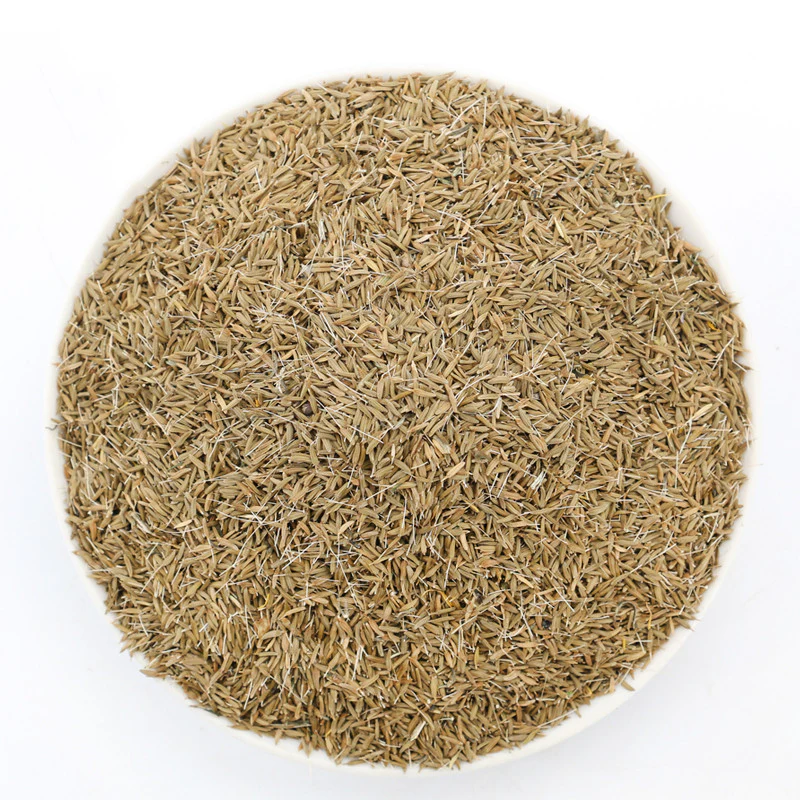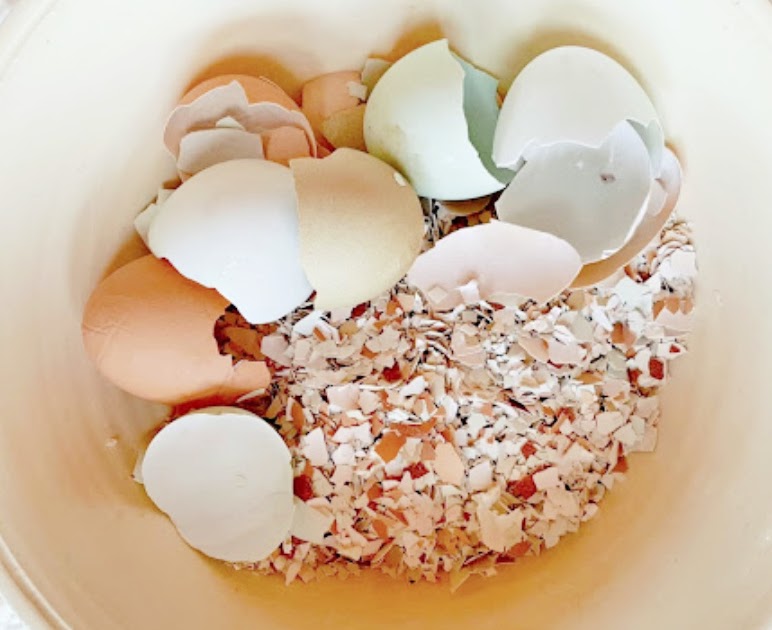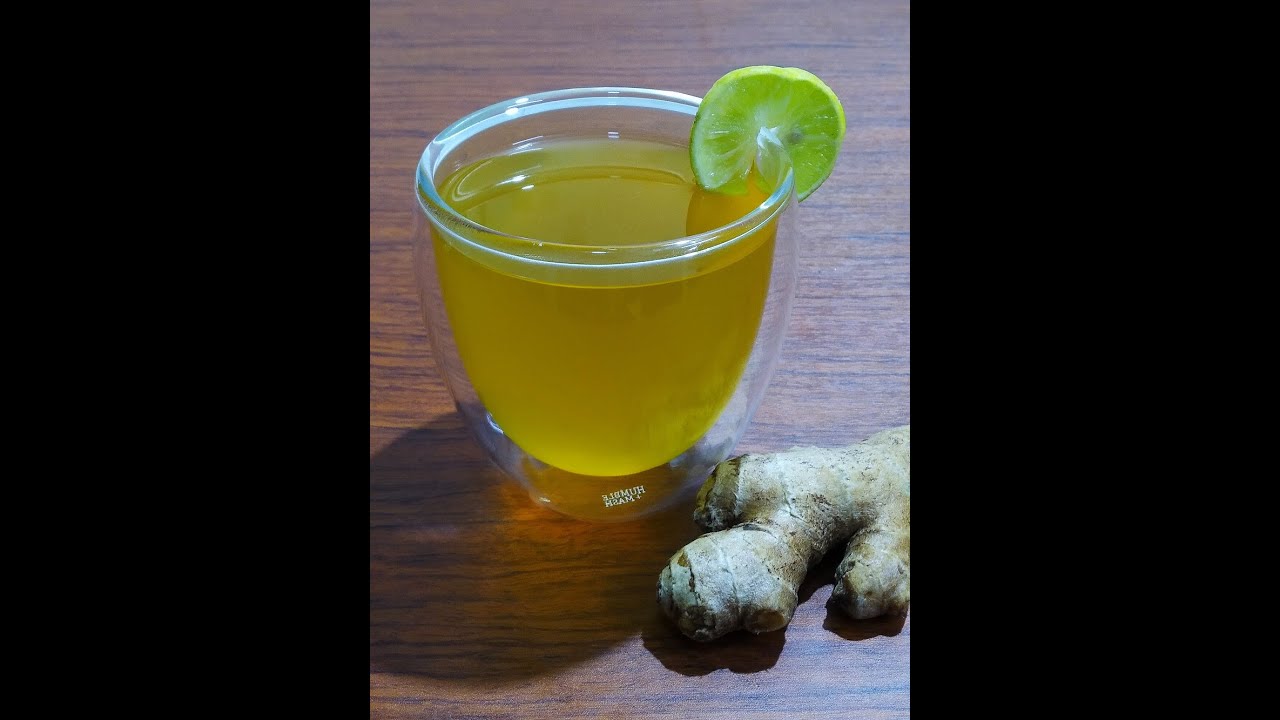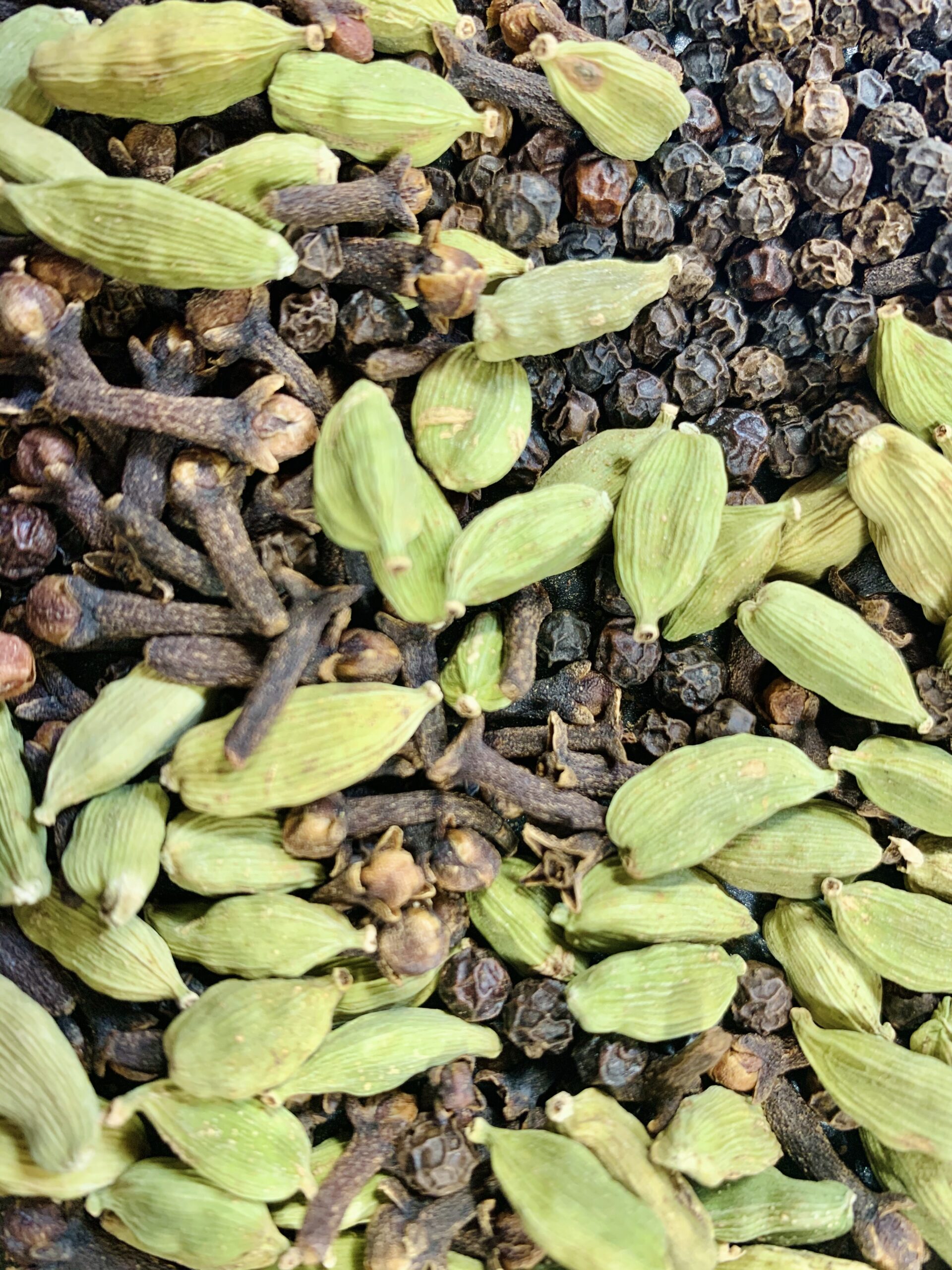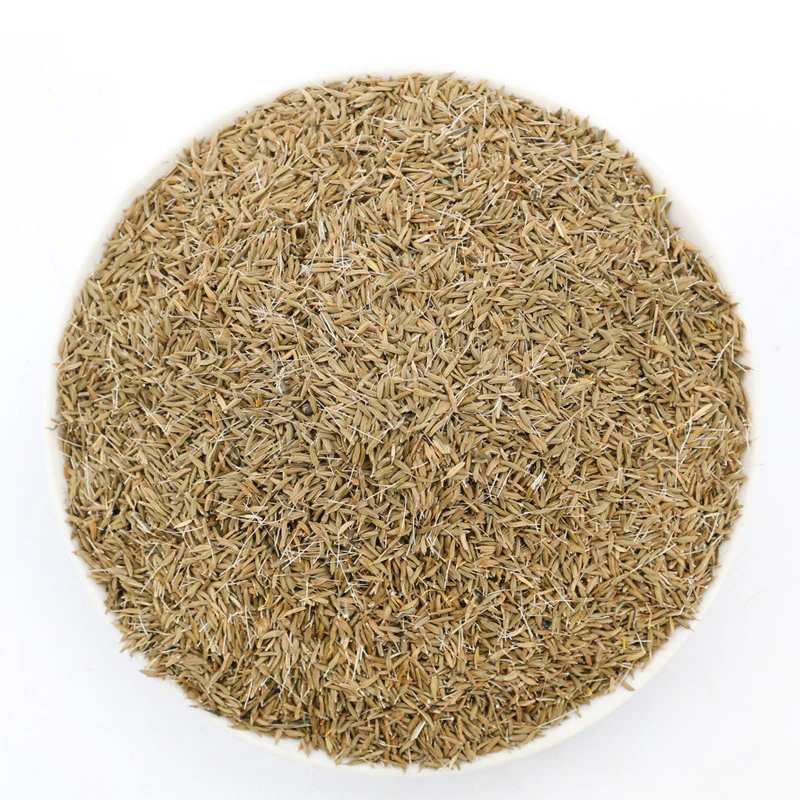
Dandelions, often seen as common yard weeds, hold a surprising wealth of benefits and uses. From making herbal teas and salads to using them as a pollinator attractant in your garden, these resilient plants are worth celebrating. If you’re interested in harvesting dandelion seeds either for replanting or for crafts, here’s an easy guide to help you gather these tiny treasures successfully.
Why Harvest Dandelion Seeds?
Dandelions are incredibly easy to grow, and their seeds can be harvested to ensure you have a steady supply for your garden. They can be used to grow new plants that provide early spring food for pollinators or for your own use in homemade remedies and culinary dishes. Harvesting your own seeds is also a delightful way to engage with nature and enjoy the outdoors.
When to Harvest
The best time to collect dandelion seeds is in late spring through early summer, when the flowers have matured and the puffy seed heads appear. These seed heads are easy to spot with their iconic, fluffy appearance, signaling they’re ready to be picked.
How to Harvest
-
Choose the Right Day: Aim for a dry, calm day. Moisture can cause the seeds to clump together, and wind can send them flying before you can collect them.
-
Select Mature Heads: Look for seed heads that are fluffy and white. Gently touch them; if the seeds easily detach, they’re ready to harvest.
-
Cut or Pick the Heads: Use scissors to snip the stem below the seed head or carefully pluck the heads by hand. Place them into a paper bag or a container to avoid losing any seeds to the wind.
Storing Seeds
Once collected, it’s important to store the seeds properly:
-
Dry the Seeds: Spread the seed heads out on a paper sheet in a dry, ventilated space for a few days. This helps any remaining moisture evaporate, preventing mold growth.
-
Separate the Seeds: Gently pull the seeds away from the fluffy parachute. This can be a meditative activity, perfect for a relaxing afternoon.
-
Storage: Store the seeds in a paper envelope and label it with the date. Keep it in a cool, dry place until you’re ready to use them.
Using the Seeds
Dandelion seeds can be sown directly in your garden in fall or spring. They require very little maintenance. Simply scatter the seeds where you’d like them to grow and lightly press them into the soil—no need to cover them, as they need light to germinate.
Conclusion
Harvesting dandelion seeds is a rewarding activity that can help you propagate these useful plants for various purposes. Whether you’re a garden enthusiast or a nature lover, collecting dandelion seeds offers a way to connect with the environment and make use of a readily available resource. Enjoy the simplicity and satisfaction of gathering and sowing your own dandelion seeds for years to come!
